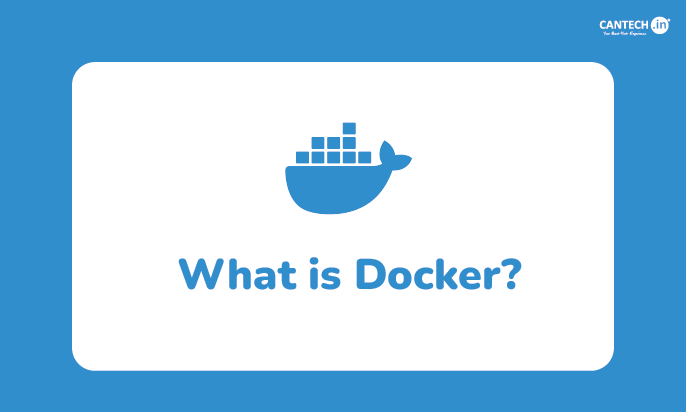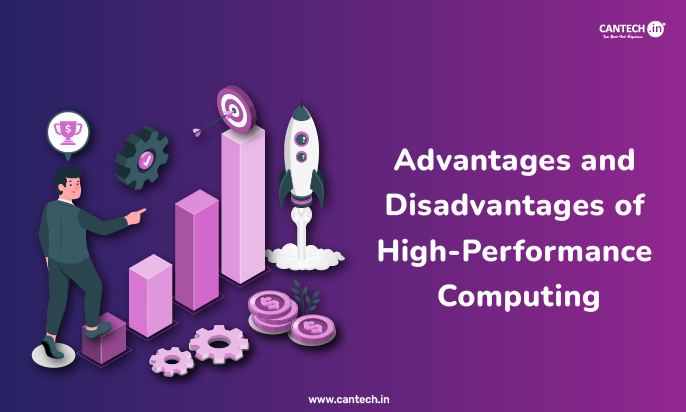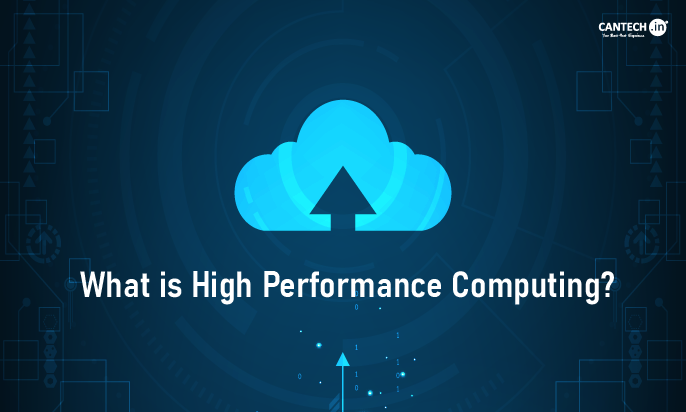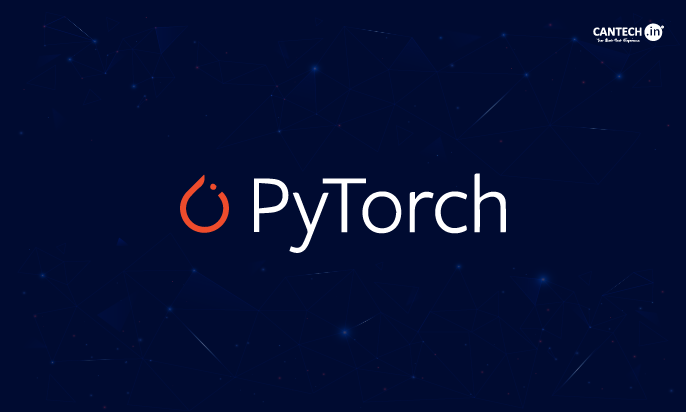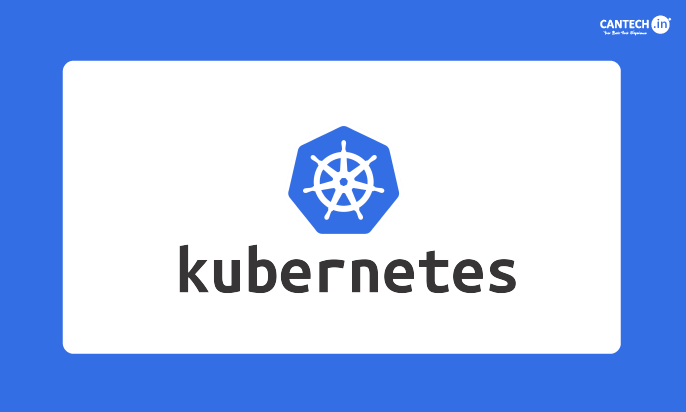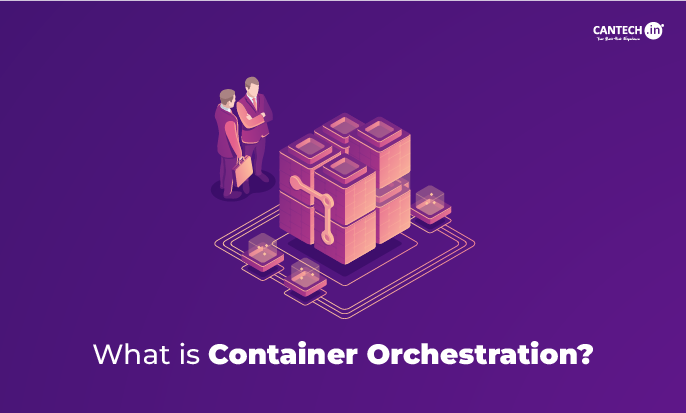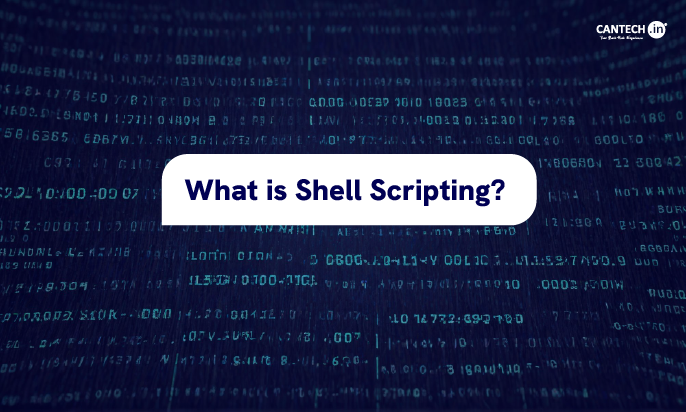Introduction to Docker
Developers run their apps smoothly and consistently across different machines. How do they do that easily? They use Docker. So, what is Docker? Well, it provides platform-as-a-service (PaaS) solutions that allow developers to use operating system-level virtualization. With this, they can deliver software in packaged units called containers. In other words, Docker packs an application and everything such as libraries, dependencies, etc into a small container.
Well, this further helps them avoid compatibility and dependency issues when moving applications from one system to another.
In this blog, we will further understand the basics of how Docker works and explore its key components. You will also read about some of its common uses, architecture, and the comparison with virtual machines.
What is Docker?
Docker is an open-source platform using which working with applications becomes super-easy for developers.
You can install Docker and use it to create & run a standardised unit of a bundle of your app and its dependencies conveniently. These units are called containers. Their portability and consistency qualities make Docker an essential tool.
Thus, the container can run anywhere such as a laptop, a web server, the cloud, etc. It further simplifies app development, testing, and deployment because it ensures your app works the same way every time and everywhere. Hence, Docker provides great efficiency and flexibility in managing your projects.
So, how does it work? Let us discuss it.
How Docker Works
The above Docker overview explains how it packages your application with its libraries and dependencies at its core. This bundle forms a container. Moreover, these containers are light and isolated from each other, so they do not interfere with one another even if they share the same operating system.
So, how does Docker use system resources? Docker containers share the host machine’s OS kernel, whereas traditional virtual machines (VMs) need to run a full OS. Thus, Docker uses fewer resources, but this setup makes it more efficient and faster.
Moreover, the lifecycle of a Docker starts with building an image. You create a container, run it, stop it when done, and remove it if no longer needed. Let us understand the process with the respective terms –
- Docker Images – A Docker image is a template that includes everything to create containers. It is a read-only file for your application to run such as code, libraries, dependencies, and any configuration files required for the app.
Docker image purpose is that the container created from it will behave the same way every time wherever it runs. In other words, Docker images are highly essential as they make your applications portable, consistent, and easy to deploy in any environment.
- Docker Container – You run the Docker image to turn it into a container.
- Isolation – Each container operates in isolation independently without clashing with one another.
What is Docker Architecture
Docker follows a client-server architecture. Therefore, the client and server work together to manage containers and make them efficient and easy to manage. Also, Docker is flexible and scalable due to this architecture.
- The Docker client is the interface used to interact with Docker. It sends commands to the Docker daemon to build and run containers.
- The Docker daemon runs in the backend. Its task is to manage containers, images, networks, and volumes. Basically, it executes the tasks that the client requests. It ensures that everything runs smoothly. Well, the client and the daemon communicate using REST APIs. Due to the APIs, they can interact on the same machine or can be connected over a network.
- Docker Compose is another useful tool in the architecture that manages multi-container applications. In other words, it makes it easy to define and control multiple containers working together.
Components of Docker
While we know its working terminology and architecture, you must also know the key components of Docker that help it function smoothly –
- Docker Engine
This is the main component of Docker; also called its heart. It is basically the software that runs containers. Docker Engine is responsible for managing all the interactions between containers, images, and the host system.
- Docker Images
We discussed Docker images before. They are used to create containers that contain everything your app needs such as code, libraries, and configuration files. Well, they are read-only templates.
- Docker Hub
Docker Hub is a cloud-based service to store and share Docker images (used to create containers with everything an app needs). You can push your own images or pull images shared by others in Docker Hub.
All in all, it is a library of Docker images with public access. Well, you can also make your images private if you want to keep them secure.
- Dockerfile
The docker file is a text document. It has a series of Docker commands to build a Docker image in a step-by-step automated process.
Basically, they can be considered as instructions to build a Docker image. It tells Docker how to install dependencies. Also, it knows the way to set up the environment and configure your application.
Moreover, the Docker daemon reads and creates an image from these commands.
- Docker Registries
You can use this to store and distribute Docker images. This system can be in the form of a public registry like Docker Hub or you can set up your private registry.
Common Use Cases of Docker
Due to various practical applications, Docker is super useful in different scenarios –
Continuous Deployment
You can quickly deploy applications because the containers can be deployed almost instantly. Also, the updates and changes can be rolled out faster than traditional applications.
Microservices Architecture
Building microservices is super convenient. Each microservice is simple to manage, and application scaling is easy because it runs in its own container.
Legacy Application Migration
Want to migrate an old application to a modern system? Docker can containerize your legacy apps and make them work in newer environments.
Hybrid and Multi-Cloud Deployments
Docker containers can work on multiple platform types i.e. they are platform-agnostic. An app behaves the same whether they are deployed on your local server or in the cloud. Thus, Docker is great for hybrid cloud setups.
Understanding Docker vs Virtual Machines
Docker and virtual machines (VMs) are popular choices to run applications.
Docker containers and virtual machines have the same purpose but they have a few differences too. Containers are easy to manage and simpler to move than VMs.
Let us have a further look at Docker vs Virtual Machines for better clarity –
| Feature | Docker Containers | Virtual Machines |
| Operating System | Docker shares the host Operating System kernel so resource usage is less and more efficient | Each VM has its own Operating System |
| Size | It is light in weight and measured in kilobytes | Virtual Machines are bulky. Their measurement unit is gigabytes |
| Portability | You can easily move them by transferring Docker images | You can move VMS but it requires more resources |
| Isolation | Docker containers are isolated from each other | VMs are also independent of each other |
| Management | Docker CLI is used to manage containers. | Virtual Machine Manager (VMM) manages the virtual machines |
Conclusion
Docker is an amazing tool for developers to build, ship, and run applications. They provide an easy way to package applications into containers and make it simpler to run them in different environments. Also, it ensures that your app works the same way everywhere. Thus, it provides great flexibility and portability to develop and manage your work.
FAQs
What is Docker Container?
A Docker container is a lightweight standardised package with everything your app needs to run. It works in isolation. Also, it ensures the app works the same on any system.
Can I use Docker for any application?
Yes, the Docker platform can be used for any software application. However, it is of great use to build microservices. Also, it is highly efficient to deploy applications in continuous delivery pipelines.
What is Docker Compose?
Docker Compose is a tool with which you can run multi-container applications. You can have a single YAML file that defines multiple containers and their configurations & connections to each other.
Applications that need different services to run together such as a web server, a database, etc. use Docker Compose.
What is a Docker desktop?
Docker Desktop is a useful tool to manage different Docker components and functions. You can use it on Windows, Linux, and Mac and handle containers, images, apps, etc from your machine with its easy UI. Thus, it is used to build, share, and run apps & microservices.
What are Docker objects?
Docker objects are the main Docker components. It includes images, containers, networks, and volumes that make Docker work. Developers can easily build, run, and manage applications using the same.
Is Docker a PaaS or IaaS?
Docker is a Platform as a Service (PaaS) tool. Developers need not manage or deal with hardware infrastructure to build, run, or share the apps.
Why is Docker so popular?
Docker makes app deployments and runs using containers. Thus, it makes the process easy with reduced resource usage. Mainly, it ensures apps work consistently on all the systems.
